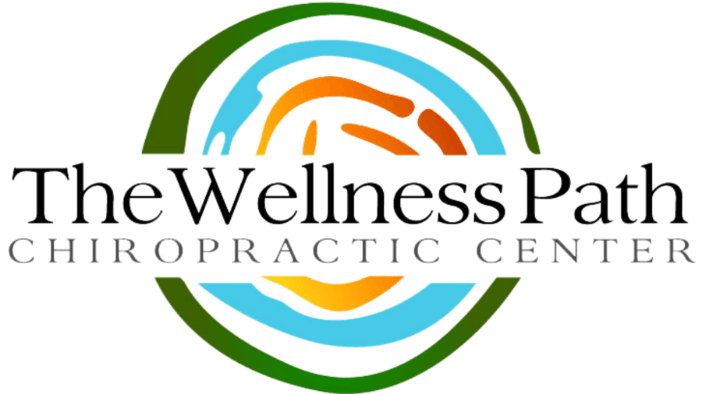
Here is what I want you to do really quickly before reading the rest of this article. Take a moment and tilt your head to whichever side you desire at a 45 degree angle. How does the world look to you when you have your head tilted?
This is what a developing brain sees out in the world and normalizes it to be the norm. This is torticollis in an infant. Here are just a few things that may show up if this is left uncorrected:
Potential Issues if Torticollis is Not Resolved:
- Delayed Motor Milestones: Children with untreated torticollis may experience delays in achieving motor milestones, such as rolling over, sitting independently, and crawling.
- Musculoskeletal Imbalances: Prolonged torticollis can lead to musculoskeletal imbalances, affecting posture, muscle strength, and overall body alignment.
- Vision and Hearing Concerns: Limited neck mobility can impact visual tracking abilities and may contribute to issues with depth perception. Additionally, altered head positioning may affect ear alignment and auditory processing.
- Speech and Language Development: Torticollis can influence oral motor skills necessary for speech and language development, potentially leading to delays or difficulties in communication.
- Social and Emotional Impact: Children with unresolved torticollis may experience frustration, discomfort, or self-consciousness due to limitations in movement and posture, potentially impacting social interactions and emotional well-being.
Chiropractic Care for Torticollis:
- Spinal Alignment: Chiropractors focus on restoring proper alignment to the spine and neck. Misalignments (subluxations) in the cervical spine can contribute to torticollis by affecting muscle tension and joint mobility. This misalignment is 95% of the time caused by the birth process, and even more so with traumatic births and C-sections.
- Muscle Relaxation: Gentle chiropractic adjustments can help relax tight muscles and reduce spasms in the neck and shoulders, promoting improved range of motion and flexibility.
- Nerve Function: By addressing spinal misalignments, chiropractic care can enhance nerve function. Optimal nerve communication is essential for proper muscle coordination and motor control.
- Postural Correction: Chiropractic adjustments can aid in correcting postural imbalances associated with torticollis, helping children achieve a more balanced and symmetrical posture. Parents can see a significant difference within a few adjustments, but continual chiropractic care and possibly additional support from other professionals may be imperative.
Importance for Neurodevelopment:
- Motor Skills Development: Torticollis can impact a child’s ability to develop motor skills, such as head control, reaching milestones like rolling over, sitting up, and crawling. Chiropractic care can support the progression of these motor skills by addressing underlying musculoskeletal issues.
- Sensory Integration: Proper neck mobility is crucial for sensory integration, which includes processing sensory information from the environment. Chiropractic adjustments can improve sensory feedback and integration, benefiting overall neurodevelopment.
- Cognitive Function: Unresolved torticollis can potentially affect cognitive development, as limited neck mobility may impact a child’s ability to explore their surroundings and engage in visual and auditory stimuli effectively.
In conclusion, chiropractic care can provide valuable support for children with torticollis by addressing musculoskeletal issues, promoting optimal neurodevelopment, and preventing potential long-term complications associated with untreated torticollis. Early intervention and a holistic approach to care are key in maximizing outcomes and supporting a child’s overall health and well-being while making sure their brain is developing optimally.
To book an appointment with our office to help out your little one, call us today.
CONTACT US
